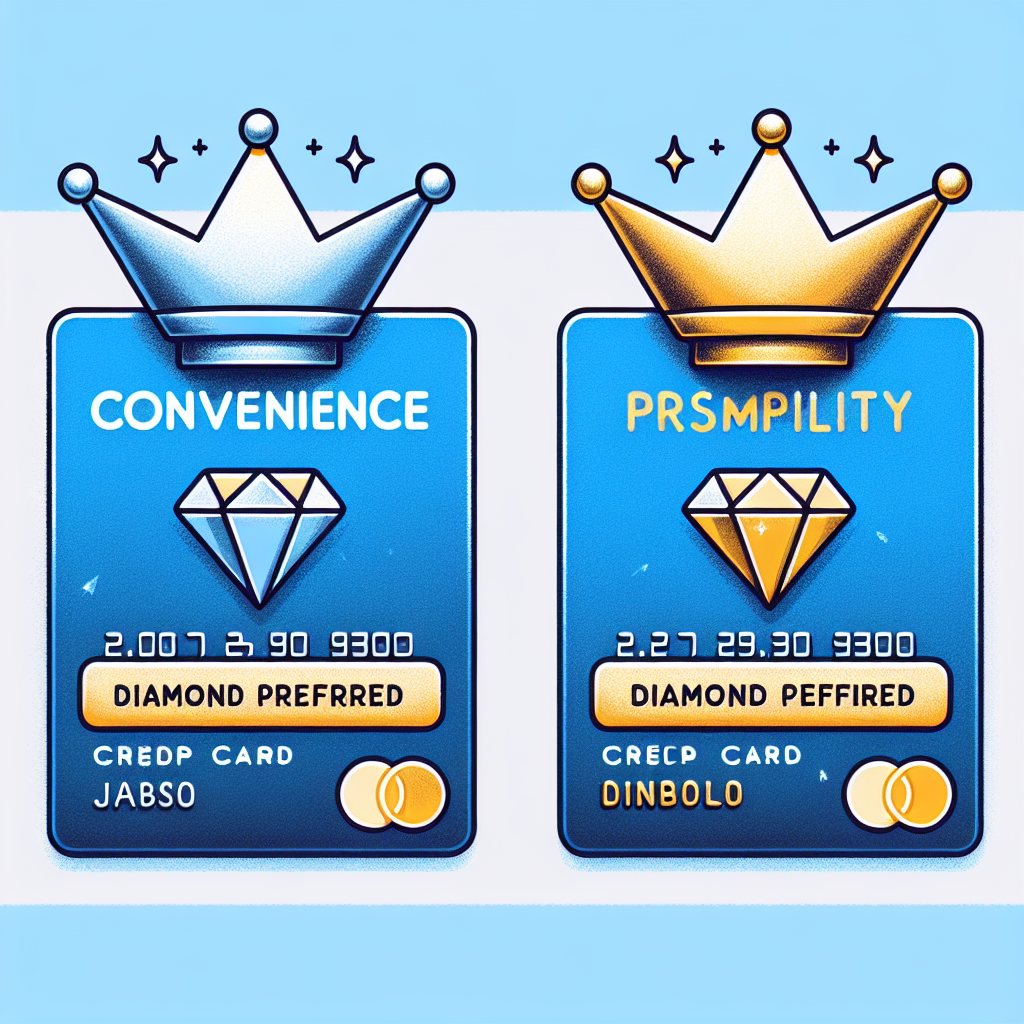
Key Insights at a Glance
- Both Citi Simplicity® and Citi® Diamond Preferred® boast some of the longest 0% introductory balance transfer APR windows in the game.
- Balance transfer credit cards are prime tools for taming and chipping away at existing credit card debt.
- Neither card demands an annual fee, nor do they dangle rewards or sign-up bonuses to lure you in.
Citi partners in advertising.
Overview: The Core of These Cards
Thanks to their remarkably extended zero-interest introductory offers, these cards stand out in the credit card arena. Though similar in many respects, subtle distinctions between the Simplicity and Diamond Preferred can influence which one suits your debt management strategy best. Let’s unpack what each card brings to the table.
Side-by-Side Breakdown
| Welcome Bonus | None | None |
| Rewards | None | None |
| Introductory APR | 0% on purchases for 12 months, 0% on balance transfers (within 4 months) for 21 months | 0% on purchases for 12 months, 0% on balance transfers (within 4 months) for 21 months |
| Variable APR | 18.24% – 28.99% | 17.24% – 27.99% |
| Balance Transfer Fee | 3% ($5 minimum) first 4 months; 5% ($5 minimum) afterward | 5% ($5 minimum) |
Additional Stats to Consider
According to industry data, the average credit card APR hovers around 16%, which means both cards’ post-introductory APRs are somewhat above average. Also, only about 30% of cardholders manage to pay off their balance within introductory periods, underscoring the importance of understanding penalty APRs and fees.
Head-to-Head: Highlights and Nuances
Since neither Citi Simplicity nor Diamond Preferred dangles rewards or bonuses, their appeal zeroes in primarily on balance transfer benefits. What really sets them apart are their ongoing variable interest rates, policies regarding late payments, and the extra perks that tag along.
Intro APR Face-Off
Tie
Both cards mirror each other with generous 0% balance transfer APRs for 21 months (given transfers fall within the initial 4 months). This makes neither superior in introductory rates, especially if your payoff timeline exceeds this window.
Balance Transfer Fees Battle
Citi Simplicity® Card Takes the Lead
Charging a lower introductory transfer fee of 3% (with a $5 minimum) compared to Diamond Preferred’s flat 5%, Simplicity shines if you act fast. But beware: timing is everything—you’ve got to initiate transfers within those first four months to tap into these sweet terms.
Welcome Bonus and Rewards Race
Dead Heat
Neither card offers any form of welcome incentive or ongoing rewards. Citi occasionally rolls out limited-time bonuses, but such sweeteners are rare exceptions. If your aim is interest savings via balance transfers, waiting around for a bonus isn’t a strategy worth betting on.
Annual Fee Considerations
Draw
Both cards keep things straightforward by skipping annual fees, so you can carry your balance transfer card without an added yearly cost.
Foreign Transaction Fees Comparison
Even Steven
Neither card earns points for international travelers, each charging a 3% fee on foreign purchases. If you plan to globe-trot, look elsewhere to avoid these extra costs.
Choosing the Best Balance Transfer Card for You
The true magnetism behind these cards lies in their introductory balance transfer deals. To grasp which card fits your current financial puzzle, let’s break down a practical scenario.
Balance Transfer Breakdown: A Scenario
Assuming you transfer $4,000 within the first four months, both cards offer a zero-percent APR for 21 months. However, the fees and variable APRs differ:
- Citi Simplicity: Pay $4,120 total over 21 months (which averages about $196 monthly). This includes a 3% balance transfer fee ($120).
- Citi Diamond Preferred: Total due is $4,200 over 21 months, or around $200 each month, factoring in a 5% balance transfer fee ($200).
But what if life throws a curveball and you miss a payment?
- Citi Simplicity: No late fees. No surprise penalty APR lurking around the corner.
- Citi Diamond Preferred: Possible late fees up to $41 and a potential penalty APR up to 29.99%, which could slash your savings.
For instance, missing a payment after three months with a $3,600 balance could mean 25 more months to repay with $1,242 in accrued interest, assuming a penalty APR of 29.99% and $200 monthly payments.
So, while Diamond Preferred’s lower balance transfer fee may save you a bit upfront, any slip-ups on payments could wipe out those benefits with hefty interest charges.
Why Opt for Citi Simplicity?
Besides the headline-grabbing no-annual-fee, zero-interest introductory balance transfer offer, here’s what sets Citi Simplicity apart:
Perks That Matter
- No late fees and no penalty APR even if a payment is missed—a rarity in the balance transfer card realm.
- Access to Citi Security Center, zero-liability fraud protection, and real-time account activity alerts.
Credit Score Considerations
While Citi doesn’t formally publish credit score requirements, a solid FICO score of 670 or higher is generally advisable to snag these cards.
Why Pick Citi Diamond Preferred?
Although it doesn’t hand out rewards, Citi Diamond Preferred offers some perks worthy of mention alongside its introductory balance transfer rate:
Cardholder Benefits
- Complimentary access to Citi Entertainment, including exclusive events and experiences.
Credit Score Recommendation
Similar to Simplicity, aiming for a credit score of 670+ boosts your chances of approval.
Final Thoughts: Which Card Aligns With Your Strategy?
Though the Citi Simplicity and Citi Diamond Preferred share many traits, the finer points could sway your decision. If perks like exclusive shopping offers and social access entice you, Diamond Preferred stands out. However, if steering clear of penalty APRs and late fees ranks higher on your list, Simplicity might be your best buddy.
Before you pull the trigger and apply, consider surveying other top balance transfer cards available—you might uncover a star that better fits your unique financial needs.
*The details on the Citi® Simplicity Card were independently gathered and analyzed by Bankrate.com. The card issuer has not reviewed or sanctioned this information.